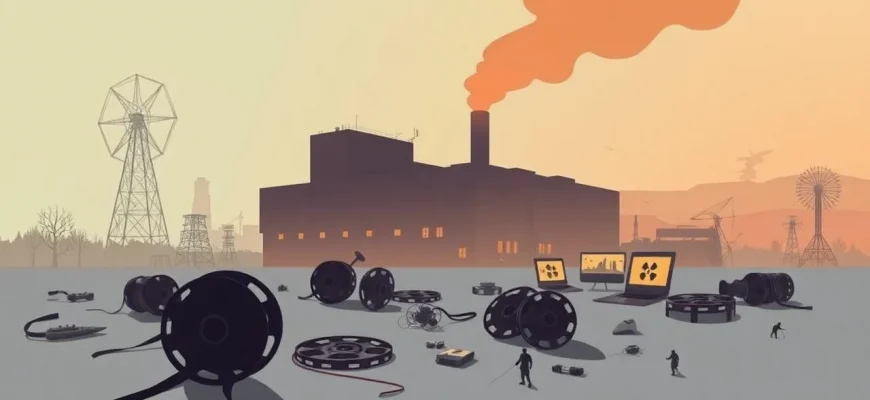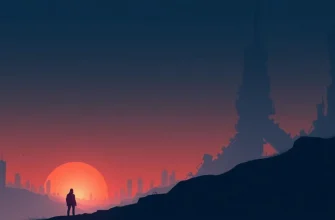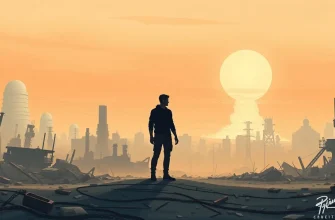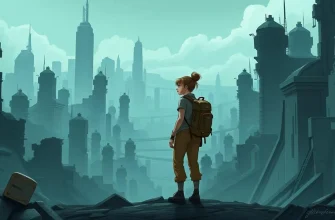The Chernobyl disaster has not only left a lasting impact on history but has also inspired a plethora of creative narratives in film. This collection of 10 sci-fi movies delves into the speculative realms of what might have happened or could happen in the shadow of the nuclear catastrophe. From alternate histories to post-apocalyptic visions, these films provide a fascinating exploration of the human condition, technology, and the environment, all woven around the haunting backdrop of Chernobyl.
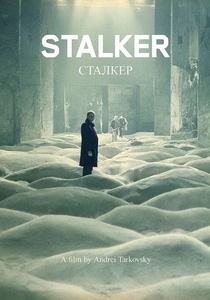
Stalker (1979)
Description: Andrei Tarkovsky's masterpiece, though not explicitly about Chernobyl, explores themes of human desire, the unknown, and the consequences of entering forbidden zones, which resonates with the Chernobyl narrative.
Fact: The film was shot in Estonia, with the setting meant to evoke a post-apocalyptic landscape.
 Watch Now
Watch Now 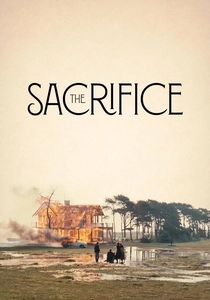
The Sacrifice (1986)
Description: Directed by Andrei Tarkovsky, this film deals with themes of nuclear war and the end of the world, providing a philosophical take on the human response to impending doom, akin to the existential dread surrounding Chernobyl.
Fact: Tarkovsky's last film, it was shot in Sweden and explores themes of sacrifice and redemption.
 Watch Now
Watch Now 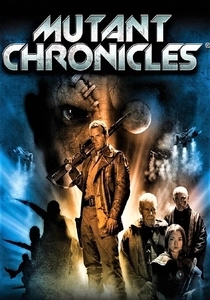
The Mutant Chronicles (2008)
Description: While not directly about Chernobyl, this film explores a world where a mining expedition uncovers a dark force, leading to a post-apocalyptic scenario reminiscent of the aftermath of a nuclear disaster.
Fact: The film features an ensemble cast including Ron Perlman and John Malkovich.
 Watch Now
Watch Now 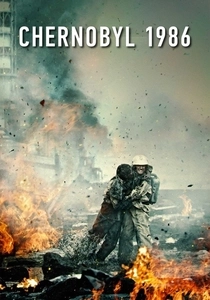
Chernobyl: Abyss (2021)
Description: This Russian film focuses on the aftermath of the disaster, with a speculative twist involving a group of firefighters and scientists who enter the reactor to prevent further catastrophe.
Fact: The film was released to coincide with the 35th anniversary of the Chernobyl disaster, offering a fresh perspective on the event.
 Watch Now
Watch Now 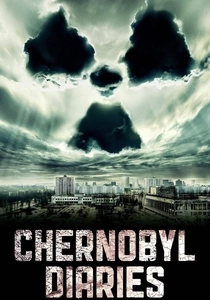
Chernobyl Diaries (2012)
Description: This horror-thriller follows a group of tourists who decide to explore the abandoned city of Pripyat, only to encounter something far more terrifying than they anticipated. While not strictly sci-fi, its speculative elements and the eerie setting make it a fitting entry.
Fact: The film was shot in Serbia, with the abandoned town of Kupari standing in for Pripyat. It was also banned in Russia and Belarus due to its sensitive subject matter.
 Watch Now
Watch Now 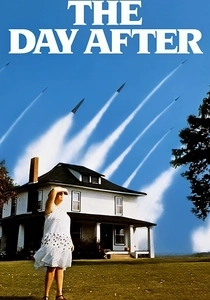
The Day After (1983)
Description: This TV movie, while not about Chernobyl, depicts the aftermath of a nuclear war, offering a chilling parallel to the potential consequences of nuclear disasters like Chernobyl.
Fact: It was one of the most-watched TV movies of all time, sparking widespread public discussion about nuclear war.
 30 Days Free
30 Days Free 
Chernobyl: The Final Warning (1991)
Description: This made-for-TV movie dramatizes the events leading up to and following the Chernobyl disaster, with a speculative twist on how the world might have reacted if the disaster had been even worse.
Fact: It was one of the first Western productions to tackle the Chernobyl disaster, offering a dramatized account of the events.
 30 Days Free
30 Days Free 
The Chernobyl Mutant (2019)
Description: Set in the aftermath of the disaster, this film explores the idea of genetic mutations caused by radiation, leading to the emergence of a new species. It's a blend of horror and science fiction, focusing on survival in a changed world.
Fact: The film uses practical effects to create its mutants, giving it a unique, gritty feel.
 30 Days Free
30 Days Free 
Chernobyl: Zone of Exclusion (2014)
Description: A Russian film that blends elements of sci-fi and horror, where a group of people enter the exclusion zone to find a missing person, only to discover that the area is not as abandoned as they thought.
Fact: The film was shot in the actual Chernobyl exclusion zone, adding an eerie authenticity to the setting.
 30 Days Free
30 Days Free 
Chernobyl: The Lost Tapes (2021)
Description: A documentary that, while not fiction, uses speculative elements to explore what might have been lost or hidden in the aftermath of the disaster, blending real footage with imagined scenarios.
Fact: It includes previously unseen footage from the disaster zone, offering new insights into the event.
 30 Days Free
30 Days Free 
